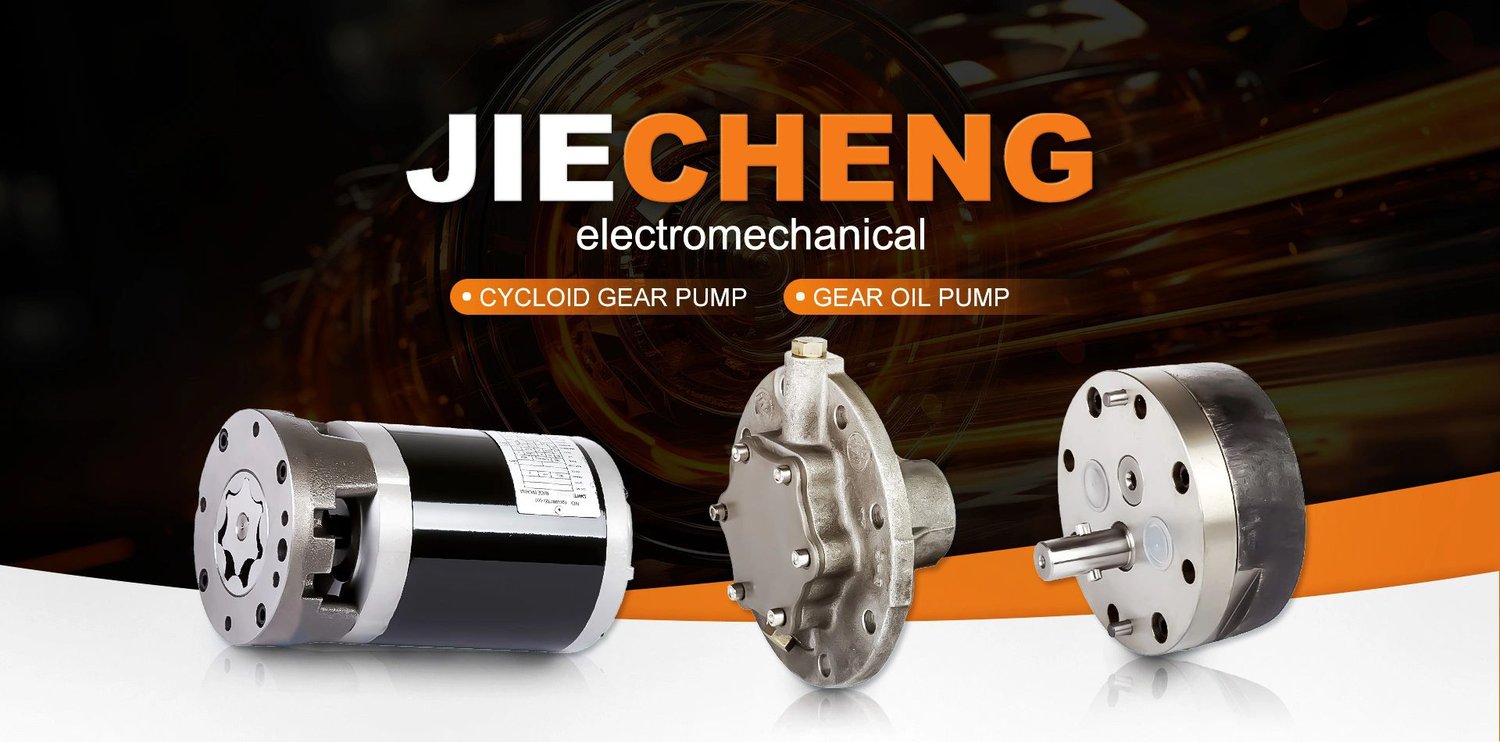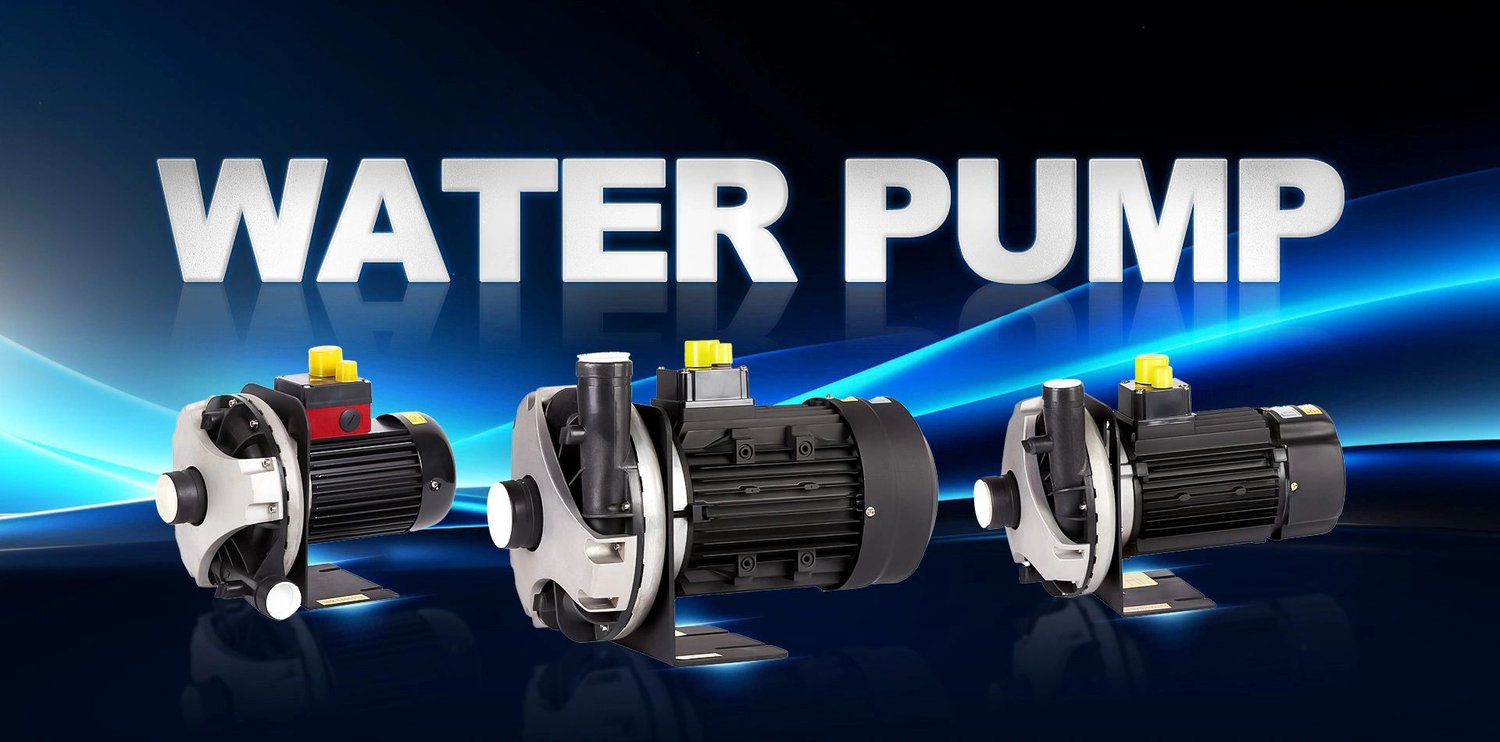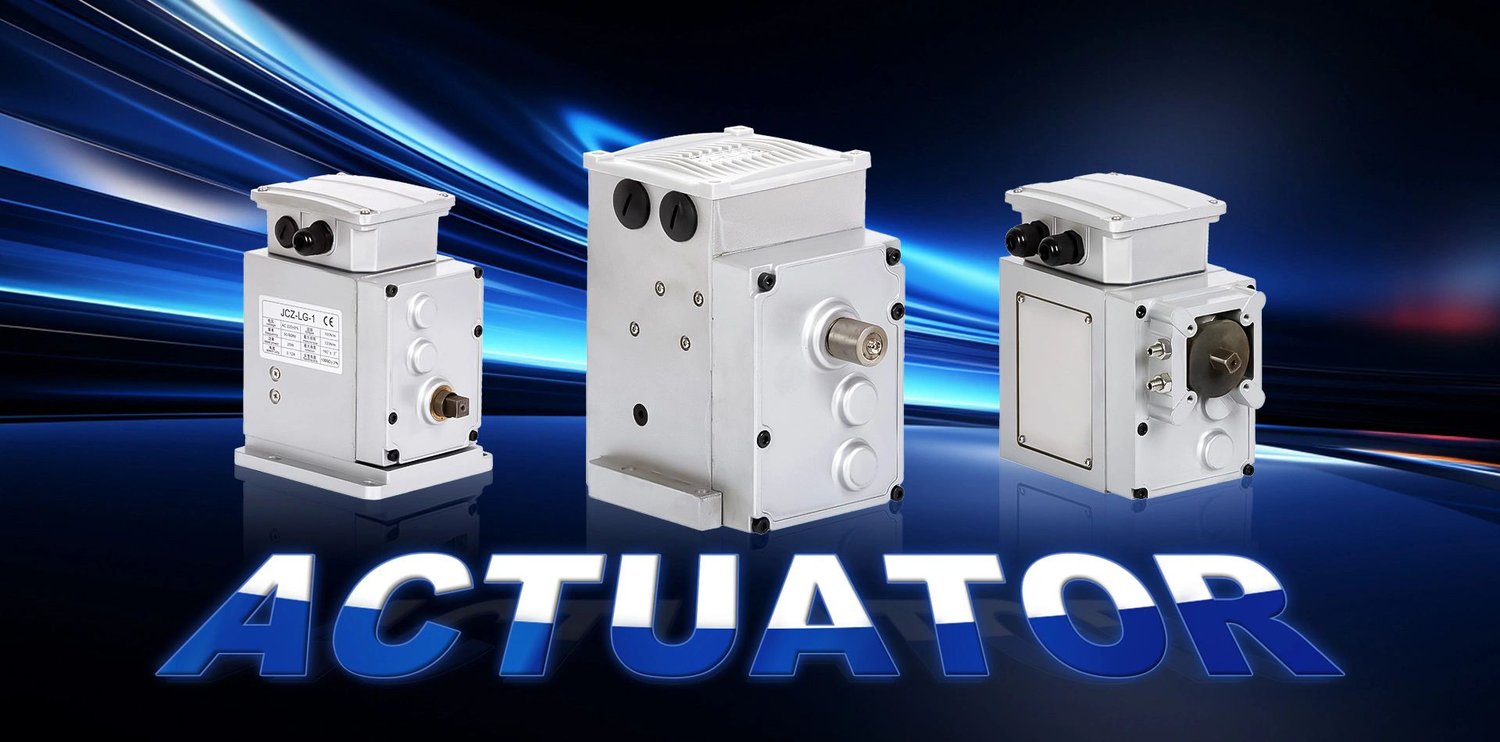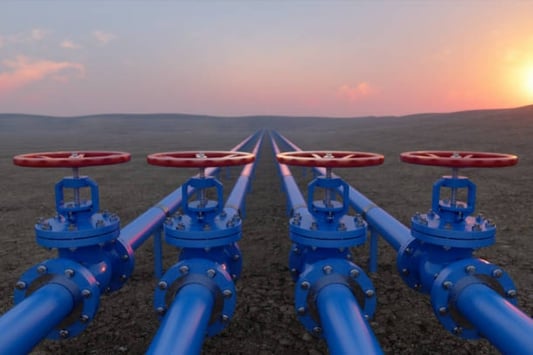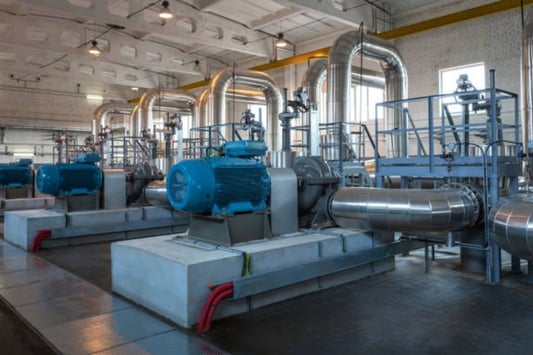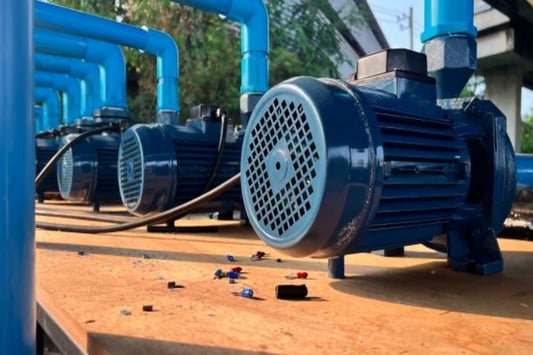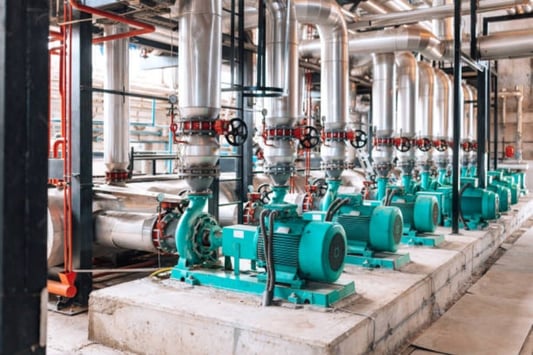IntroductionHigh-pressure hydraulic gear pumps are an essential component in many hydraulic systems. They are designed to provide a steady, reliable flow of high-pressure hydraulic fluid to power hydraulic actuators and motors.What is a High Pressure Hydraulic Gear Pump?A high-pressure hydraulic gear pump is a type of positive displacement pump that uses a set of meshing gears to trap hydraulic fluid and move it through the pump. As the gears turn, they create suction on one side of the pump and generate pressure on the other side, pumping the fluid through the system.How Does a High Pressure Hydraulic Gear Pump Work?Inside the pump, the hydraulic fluid is trapped between the gear teeth and the pump housing. As the gears turn, the fluid is forced around the outside of the gears and out the discharge port of the pump. The pump's output flow and pressure are determined by the size of the gears and the speed at which they are turning.Applications of High Pressure Hydraulic Gear PumpsHigh-pressure hydraulic gear pumps are commonly used in hydraulic power units, hydraulic lifts and elevators, hydraulic presses, industrial machinery, and mobile equipment such as backhoes, dump trucks, and agricultural equipment.Advantages of Using a High Pressure Hydraulic Gear PumpThe benefits of using a high-pressure hydraulic gear pump include its compact size, high efficiency, low noise levels, and ability to handle a variety of fluids, including corrosive and abrasive fluids.Disadvantages of Using a High Pressure Hydraulic Gear PumpSome of the main disadvantages of using a high-pressure hydraulic gear pump are that it is best suited for low to medium flow rates and may have difficulty handling high pressure differentials.Types of High Pressure Hydraulic Gear PumpsThere are two main types of high-pressure hydraulic gear pumps: external gear pumps and internal gear pumps. External gear pumps consist of two gears that are external to the pump housing, while internal gear pumps have one gear that is external and one that is internal to the pump housing.Maintenance of High Pressure Hydraulic Gear PumpsTo ensure optimal performance, it is necessary to maintain high-pressure hydraulic gear pumps regularly. This includes checking the oil level and quality, inspecting the gear teeth for wear and damage, and replacing any worn or damaged parts.The Future of High Pressure Hydraulic Gear PumpsAs technology advances, the use of high-pressure hydraulic gear pumps is likely to increase, especially in hydraulic systems that require high efficiency and reliability.Potential Long-Tail SEO Keywords- High pressure hydraulic gear pump manufacturers- High pressure hydraulic gear pump applications- High pressure hydraulic gear pump maintenance tips- Advantages of high pressure hydraulic gear pumps- Disadvantages of high pressure hydraulic gear pumps- Internal vs. external high pressure hydraulic gear pumps- High pressure hydraulic gear pump market trends- High pressure hydraulic gear pump for agricultural equipment- Hydraulic power units with high pressure hydraulic gear pumpsQuote Inquiry

